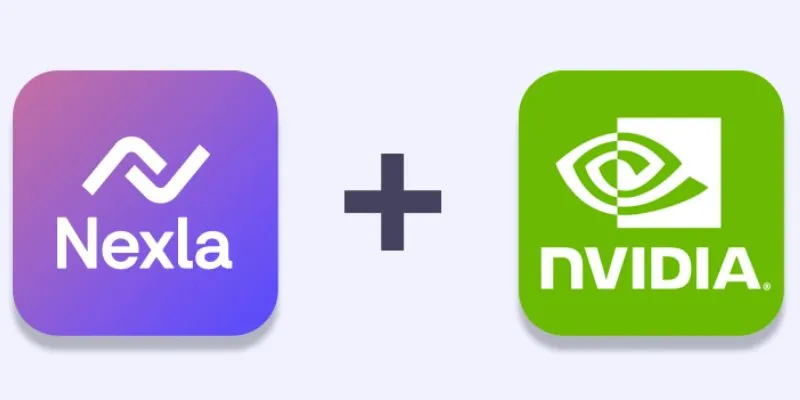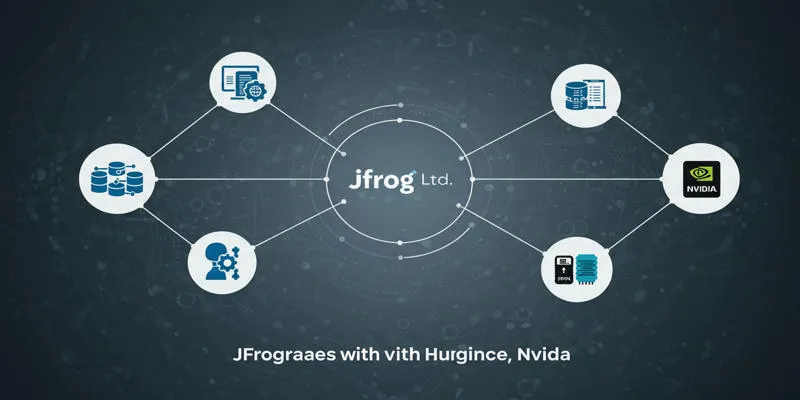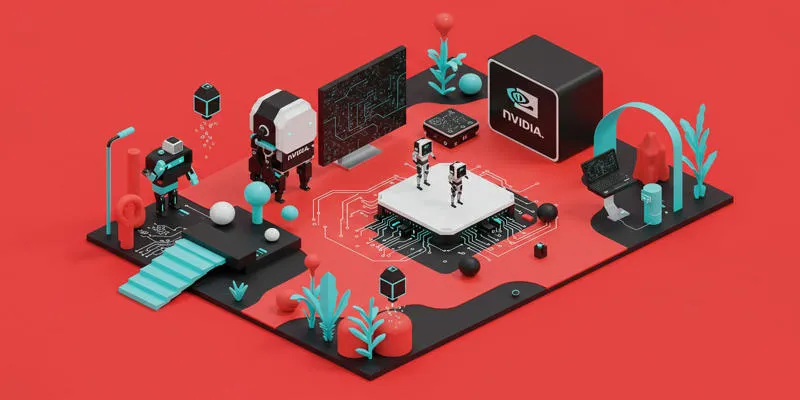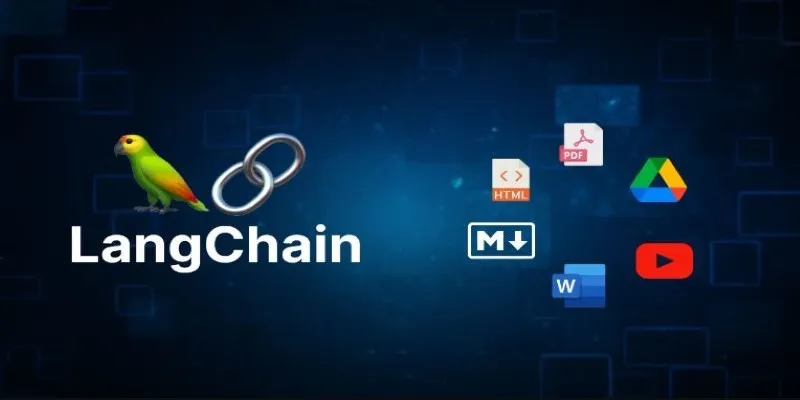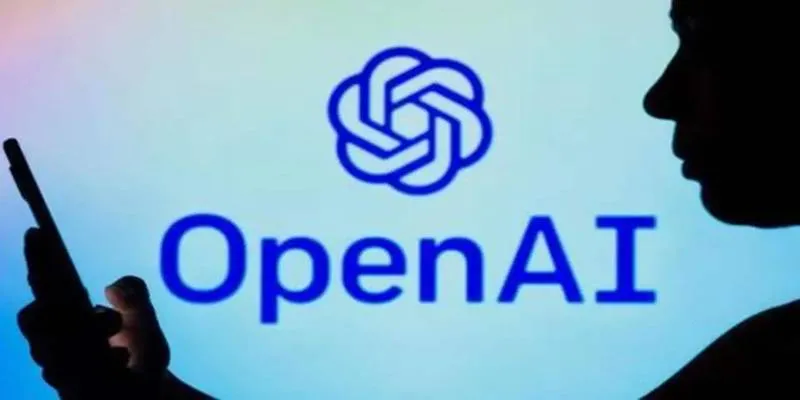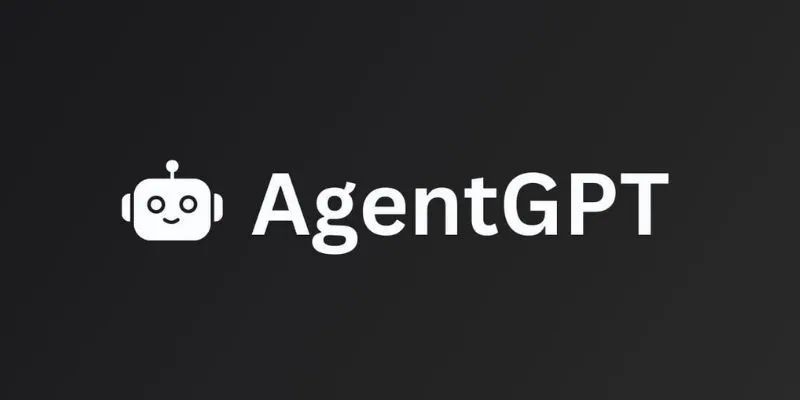When AI image generation exploded into the mainstream, it became clear that customization would be the next frontier. While many tools could conjure up stunning visuals from just a few prompts, they often struggled with fine-tuning, especially when it came to personalizing images around specific people, objects, or themes. That’s where Nvidia has shaken things up.
Their latest innovation, the Perfusion method, is not just another feature for AI image personalization; it’s a rewrite of the rules. Instead of training massive new models or shoehorning new data into existing ones, Perfusion lets AI systems surgically inject new knowledge while keeping their original skills intact.
How Does the Perfusion Method Work?
Perfusion was developed to solve a simple yet frustrating problem in generative AI: how to teach an AI to personalize images without breaking the rest of its abilities. Traditional methods rely on either retraining models with large datasets or fine-tuning them using techniques such as DreamBooth or LoRA. These approaches often come with a trade-off. You can teach an image generator to know your face, your dog, or your art style—but in doing so, the model starts forgetting what it knew. It degrades performance, overfitting your content and making everything look the same.
Perfusion avoids this by using a technique Nvidia calls “key-locking.” Instead of training the entire model again, Perfusion introduces new concepts as locked keys in the attention layers of the model. This means that personalization is scoped. The AI learns that a certain concept—say, a custom character or logo—is tied to a specific context, and it doesn’t let that context spill over into unrelated prompts. So, while the model learns your unique style or object, it doesn’t forget how to generate landscapes, portraits, or abstract visuals the way it used to.
The real power lies in how small and efficient this method is. Nvidia claims it can personalize an AI image model using just four images within seconds. That’s not marketing fluff. The underlying mechanism takes advantage of how diffusion models attend to different visual features during image generation. By locking new keys into those layers instead of altering all the parameters, Perfusion preserves the model’s general knowledge while surgically implanting the new information. It’s targeted, memory-efficient, and almost modular.
What Makes This Personalization Method Stand Out?
Nvidia’s Perfusion doesn’t just push the envelope—it changes the delivery system. For years, the AI community has wrestled with the personalization-versus-fidelity trade-off. When a model learned something specific, it usually got worse at general tasks. If it improved at personalized images, its performance on broad prompts often dropped. Perfusion changes that. It creates isolated pathways in the attention mechanism, allowing new knowledge to remain separate. It’s a shift from blunt model edits to precise insertion.

This makes the method useful in practical settings. Game designers can add new characters to pipelines without retraining. Brands can create visuals in their style without slowing production. Even social platforms could offer avatars that truly resemble users—not generic templates. All this without doubling the model size or waiting on fine-tuning.
Compared to DreamBooth, which needs many iterations and heavy VRAM, Perfusion is light and fast. LoRA, while better than DreamBooth, still alters many parameters and risks knowledge bleed. Perfusion learns just enough—without overwriting what’s already there.
Nvidia’s other smart move is keeping the method flexible. Though tested on text-to-image models, it isn’t tied to any specific setup. This means it could work for 3D generation, personalized video frames, or real-time rendering where speed matters. With growing demand for custom AI visuals, Nvidia believes developers want something small, fast, and modular.
Real-World Use Cases and Why They Matter
The relevance of AI image personalization is exploding across sectors. In advertising, the ability to personalize product visuals to different demographic tastes without starting from scratch could save time and resources. Imagine generating ad images that look different depending on geography or local culture—without hiring multiple design teams. In gaming, character creation could become fully user-driven. Perfusion could allow players to upload reference images and immediately see characters or items rendered in their style or identity.
Healthcare and education also stand to benefit. Personalized medical visuals that match patient scans or diagrams tailored to specific teaching cases could be generated instantly. Museums or heritage institutions might use the tech to recreate faces, clothing, or objects from partial records. Every one of these cases benefits from high-fidelity personalization that doesn’t disrupt the base model’s performance. And that’s exactly what Perfusion enables.
The tool isn’t just about what it does—but how accessible it makes personalization. In prior methods, personalization was a privilege of power users who had GPUs, technical skills, and time. Perfusion lowers that barrier. A few clicks, a few images, and the model knows something new. This democratizes what was previously a labor-intensive part of the generative AI workflow.
Where This Might Head Next
Nvidia’s move with Perfusion is as much strategic as it is technical. In the age of custom models and AI marketplaces, having a lightweight personalization pipeline means faster iteration, better integration, and more inclusive deployment. While the current focus is image generation, the next frontier will likely be cross-modal personalization—tying voices, visuals, and behavior into coherent, customized outputs.

Imagine a virtual assistant that not only speaks in a style that suits the user but appears in visuals that reflect that user’s identity or preferences. Or digital twins in simulations that can be updated instantly with new user data. These applications need personalization that doesn’t destroy foundational accuracy. Perfusion offers a glimpse into how that’s possible.
As Nvidia integrates this method deeper into its ecosystem—perhaps via platforms like Omniverse or its suite of developer tools—it’s likely we’ll see a wave of lightweight, personalized AI agents and tools. This won’t just be about speed or realism anymore. It’ll be about relevance.
Conclusion
Perfusion changes how we approach AI image personalization. Nvidia proves that high-quality, fast, and efficient personalization is possible without overloading models or lengthy tuning. This method lets AI learn new concepts in a focused way, similar to human learning. As AI tools become more common in creative work, such precise control will be key. Perfusion represents not just progress but a smarter, more human-centered direction for AI.
By implementing these strategic enhancements, you ensure the article is not only optimized for search engines but also engaging and informative for readers interested in AI personalization advancements.
 zfn9
zfn9
